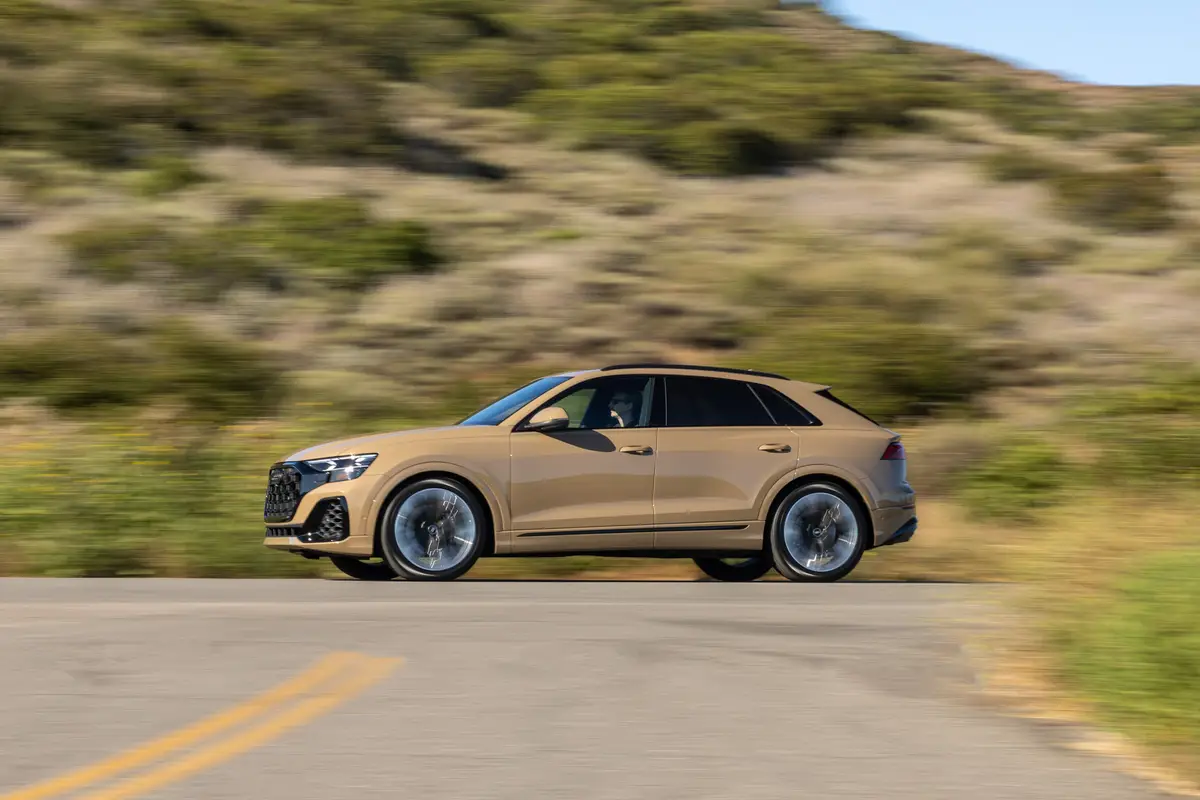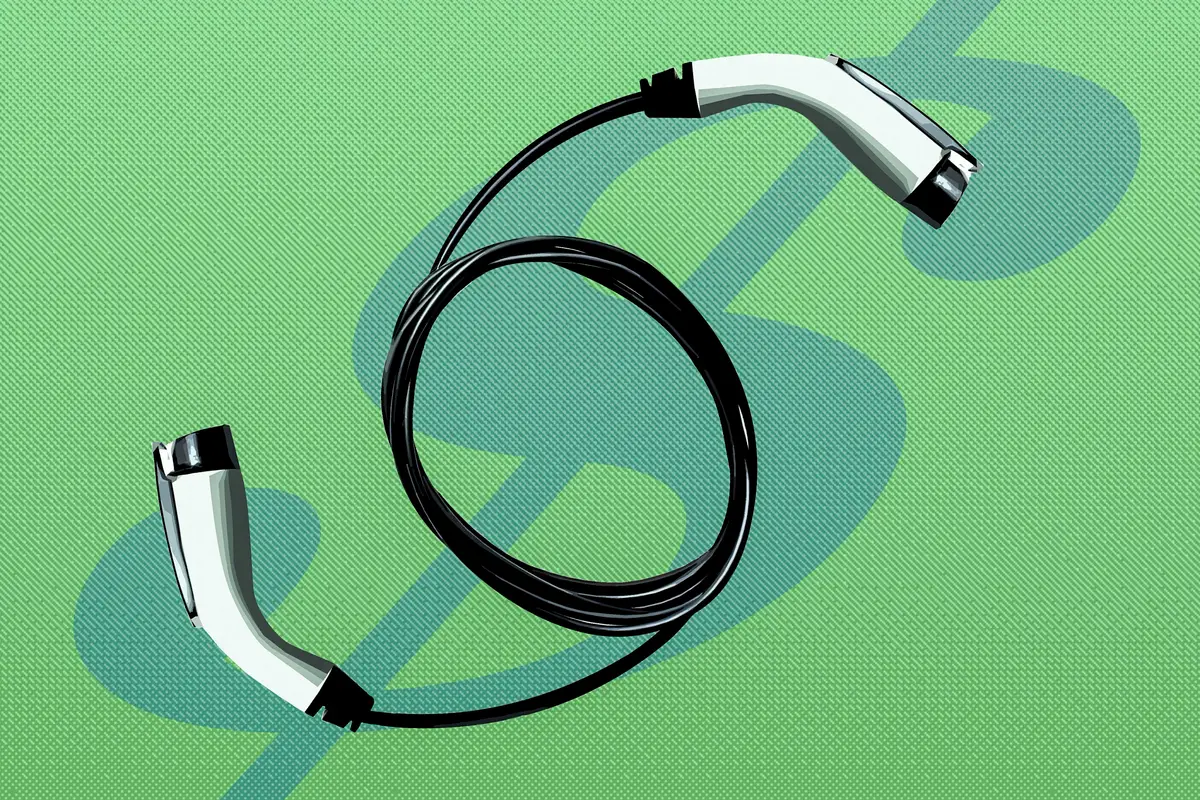IndyStar.com's view
It may have taken awhile, but after 81 years, General Motors is getting back into the electric truck business.
From 1912 to 1916, GM Truck Co. produced 682 electric trucks for sale. The model lineup included three frame lengths and nine load ranges, with lead- acid and Edison (nickel-iron) batteries providing the power.
In 1997, GM plans to return to its past with its Chevrolet S-10 electric pickup. The drive-by-juice Chevy looks like any other S-10 pickup, except under the hood.
GM’s marketing will target fleet customers who have predictable daily driving routes. That allows the truck to be back in its garage every night where the appropriate Delco Electronics Magne-Charge inductive charging system is available.
Examples of potential customers include electric utility companies, urban delivery services, or large industrial complexes with on-site vehicle fleets. GM’s Chairman John F. Smith Jr. says the vehicle will be marketed nationwide.
This is unlike GM’s two-passenger EV1 electric-powered coupe, which initially will be marketed next year only in California and Arizona.
The 1997 Chevrolet S-10 electric pickup will be available only in regular cab configuration with a short-box truck bed and two-wheel drive. In that form, the wheelbase is 108.6 inches and the overall length 188.6 inches.
The truck’s payload is 850 pounds, including driver and passenger (if applicable). Depending upon driving variables such as terrain, temperature, accessory and driver usage, its effective cruising range will be around 60 miles per hour and the governed top speed will be 70 miles per hour.
Power is provided by a Delco Propulsion System 85kw AC Induction Motor and a Delco Valve Lead Acid battery pack. The battery pack is located under the truck.
Also on board is a propulsion-battery thermal- management system which keeps the battery pack warm in cold climates and cool in hot climes. Temperature exerts a major influence over battery power. As an example, in a car parked outside overnight in sub-zero temperatures, the cranking power of the battery can drop as much as 50 percent when the battery is older.
The electric S-10 is not a stripped-down truck. It will come with standard equipment such as air conditioning, AM/FM radio, fuel-fired cabin heater, power steering, cruise control, anti-lock brakes, intermittent wipers, tilt wheel, daytime running lamps, and a driver’s side air bag.
Obviously, many of these items consume electricity needed to drive the truck. As a consequence, innovative technology is employed to reduce power loss.
An example of this is Delphi Automotive System’s anti-lock braking action which combines regenerative and hydraulic braking with a fully-electric rear wheel brake system. By using a computer to control the blend of braking forces, vehicle range is increased up to 20 percent over conventional friction braking alone.
Another example is the electro-hydraulic power steering system. The system uses an electric motor to drive the steering pump. Since the pump doesn’t depend directly on the vehicle’s engine for power, it doesn’t need to run all the time. This reduces energy demand by as much as 80 percent.
The electric truck does have a drawback, you have to recharge the thing. But only about three hours of recharging is needed with Delco Electronics’ Magne-Charge Inductive Charger and charge port.
The user inserts a lightweight, weatherproof plastic paddle into the truck’s charge port. This transfers power through a magnetic field from an off-board charger to the charge port, providing AC power that is converted to DC power for battery-charging.
The technology facets of the S-10 electric pickup are interchangeable with the EV1 electric coupe. GM is projecting the coupe will cost around $30,000, and says it will price the pickup as it gets closer to production.
The S-10 and the EV1 are a preview of GM in the 21st Century. A few years ago, I met a GM program director named Jerry Williams, who told me, “In 50 years, all cars will be electric. The whole problem with electric cars is their ability to store energy.
“Once we lick that, all cars will be driven electrically, because it’s a whole lot easier to control electrical things than it is mechanical things.”
Latest news



